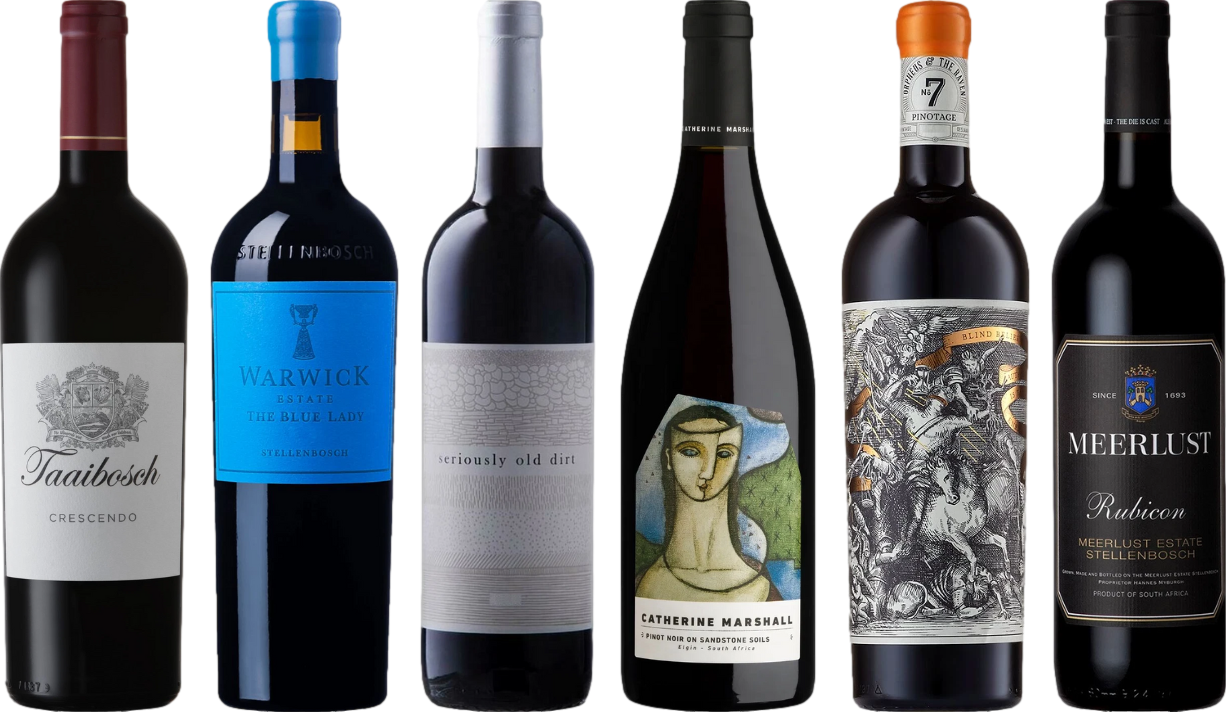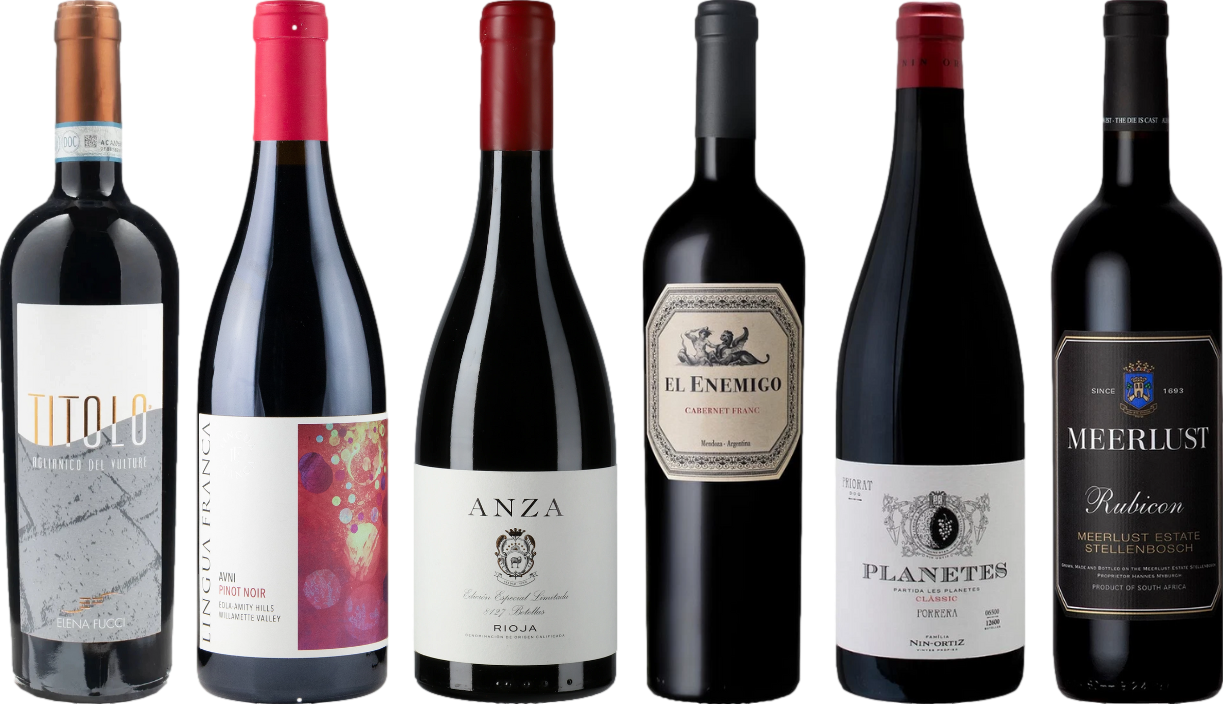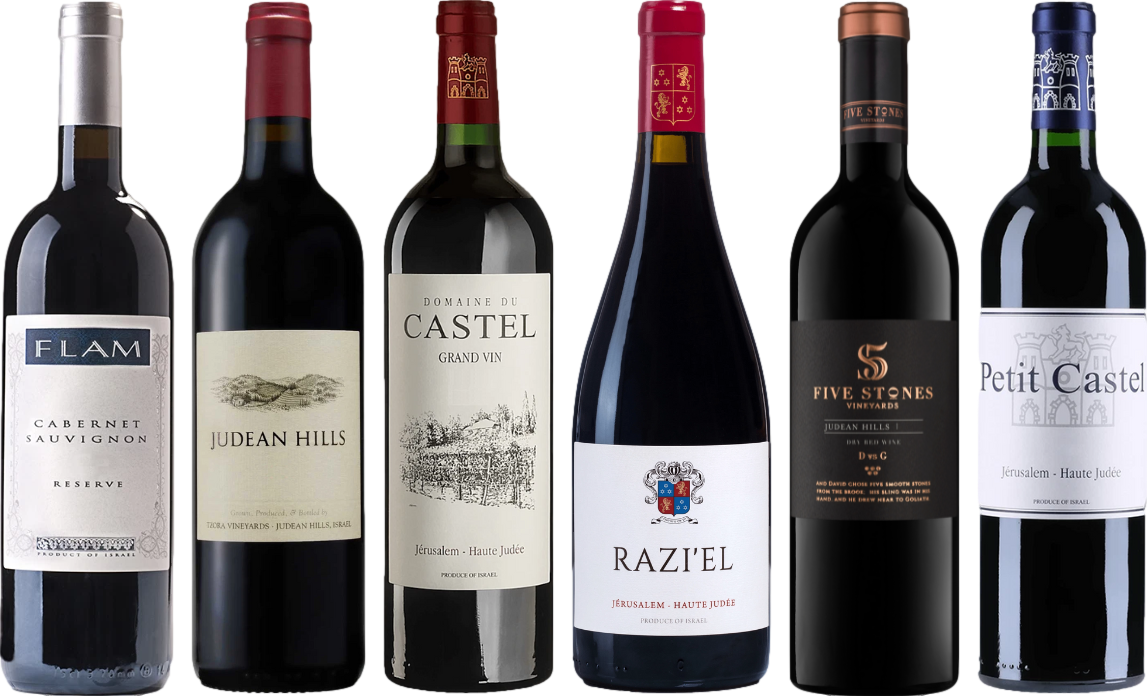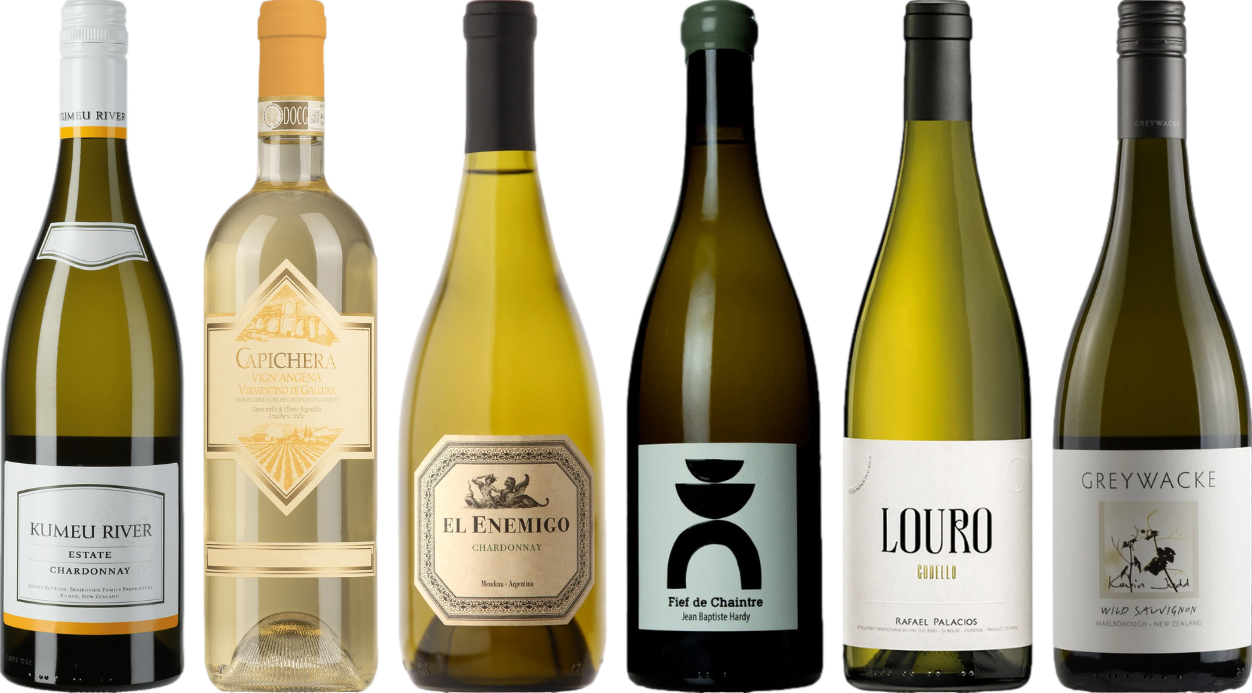



For those monitoring their energy intake, a 5-ounce serving of lighter varietals typically contains around 120-125 units, while its deeper counterpart averages approximately 125-130 units. If maintaining a lower energy count is a priority, opting for the paler selection might be the better choice.
However, the difference in energy content can vary based on specific brands and fermentation processes. Some full-bodied selections may surprise you with lower counts due to variations in residual sugars. Always check labels to make informed choices that align with your dietary goals.
Pairing these beverages with food can also influence your overall intake. A lighter vintage with seafood may enhance your dining experience without significantly impacting your energy consumption. On the other hand, hearty dishes may pair better with the richer option, but be mindful of the cumulative energy from the meal.
Comparison of Caloric Content in Different Types of Vintages
Generally, the choice of beverage can influence caloric intake. A standard serving of a certain type provides approximately 120-125 units, while an equivalent amount of another variety tends to contain around 120-130 units. The difference is minimal, often depending on the specific brand and production methods.
Consider the varietals produced from different grapes and their fermentation processes. Typically, sweeter profiles carry higher units due to residual sugars. For those conscious about their dietary choices, opting for drier selections can be beneficial, as they usually offer fewer units.
When enjoying a glass, pay attention to serving sizes. A larger pour naturally increases the intake. Standard servings–about five ounces–are advisable for managing consumption effectively. Additionally, always check labels or consult with knowledgeable staff in vineyards or restaurants for precise information regarding the chosen bottle.
In conclusion, while the differences in units between these beverages are slight, personal preference for taste and sweetness levels will ultimately guide your selection. Enjoy responsibly, and consider pairing with food to enhance the overall experience.
Caloric Content Comparison of White and Red Wine
For those considering their dietary choices, it’s beneficial to know the caloric values associated with different varieties of fermented grapes. Typically, a standard 5-ounce serving of a light-colored varietal contains approximately 120-130 units, while a fuller-bodied option tends to range from 125-150 units. This means opting for a lighter style may result in a lower caloric intake.
Here are some key takeaways regarding their caloric profiles:
- Lighter styles generally feature lower sugar levels, translating to fewer units.
- Heavier-bodied options often have a richer flavor profile due to higher residual sugars, contributing to increased caloric density.
- Serving size can significantly impact total caloric intake; larger pours lead to higher consumption.
When selecting a beverage, consider the following:
- Assess your meal pairing; lighter options complement seafood and salads well.
- For heartier dishes, a more robust varietal may enhance the dining experience.
- Keep in mind the alcohol content; higher alcohol levels can contribute to an increase in caloric values.
Ultimately, personal preference and occasion should guide your selection, balancing enjoyment with mindful consumption. Cheers to making informed choices!
Factors Influencing Calorie Counts in Wines
Alcohol content plays a significant role in the energy value of fermented beverages. Higher alcohol levels typically translate to increased energy, as alcohol itself contains approximately 7 calories per gram. Therefore, vintages with elevated alcohol percentages will generally have a greater energy count.
Residual sugar is another critical factor. Sweet varieties, due to their sugar content, contribute additional energy. If you’re exploring selections, look for terms like “off-dry” or “sweet” on labels, indicating higher sugar levels and, consequently, more energy.
Serving Size Considerations
Portion sizes also impact the overall energy intake. A standard serving for many fermented beverages is 5 ounces, but this can vary. When consuming larger servings, it’s essential to remember that the energy count increases proportionally.
Varietal Traits
Cultivar characteristics influence both taste and energy content. For instance, certain grapes are known for their natural sweetness, which can elevate the energy levels in the final product. Exploring different varietals can lead to discovering those that align with your preferences while managing energy intake.
In summary, understanding these elements allows for more informed choices when selecting your favorite fermented beverages. Pay attention to alcohol levels, sugar content, serving sizes, and varietal traits to effectively navigate your options.
How Serving Size Affects Caloric Intake
Understanding serving size is crucial for managing energy consumption from beverages. A standard serving of 5 ounces for both varietals typically contains about 120-130 units of energy. However, pouring larger servings can significantly increase overall intake.
In my experience, a casual pour often exceeds this standard. For instance, a 7-ounce glass could easily add an additional 30-40 units to your total. Therefore, being mindful of the amount poured is essential for those monitoring their intake.
| Serving Size (oz) | Approximate Energy Content (units) |
|---|---|
| 5 | 120-130 |
| 6 | 140-150 |
| 7 | 150-170 |
| 8 | 160-180 |
Measuring your pour can help maintain a balanced approach. Using a measuring cup or a wine glass with markings can assist in keeping servings consistent. This way, you can enjoy your beverage while being conscious of your energy intake.
Ultimately, adjusting serving sizes provides an effective strategy for those looking to balance enjoyment with health considerations. Remember, moderation is key, and understanding how much you pour can lead to better choices.
Understanding Sugar Levels in White and Red Wines
While examining sugar content, it’s crucial to recognize that different varietals exhibit varying levels of residual sugars, impacting sweetness perception. Generally, sweeter selections contain higher sugar levels, which can elevate overall energy content.
Typically, the fermentation process converts sugars into alcohol, but some grapes retain natural sweetness, especially in specific styles like dessert or late-harvest varieties. For example, a Riesling often showcases higher residual sugars compared to a Cabernet Sauvignon, resulting in a sweeter profile.
When assessing the sugar content, consider that a drier Sauvignon Blanc may contain around 1-3 grams of sugar per liter, while a sweeter Moscato could have upwards of 30 grams. This variance plays a significant role in how these beverages interact with the palate and influence your experience.
For those mindful of sugar intake, opting for drier varieties may be your best bet. Additionally, always check labels or consult with your retailer to determine specific levels, as this can help guide your choices based on your dietary preferences.
Understanding these nuances allows for better pairings with food and enhances the overall enjoyment of your selections, whether you are savoring a robust meal or enjoying a light appetizer.
Choosing Lower-Calorie Options in Wine Selection
Opt for wines labeled as “dry” rather than “sweet.” These tend to have less residual sugar, which directly influences the energy content. Look for varietals such as Sauvignon Blanc for lighter options or Pinot Noir for red selections; these usually align better with lower energy counts.
Mind the ABV
Alcohol by volume (ABV) affects the energy level as well. Wines with lower ABV often contain fewer calories. Seek bottles with an ABV of around 12% or less for a lighter choice. This is a practical approach to keep your intake in check without sacrificing enjoyment.
Consider Serving Size
Serving size impacts the total energy consumed. A standard pour is five ounces, but consider opting for a smaller serving. Enjoying a smaller glass allows for tasting without overindulging. Pairing with food can also enhance the experience while keeping portions in control.
For those curious about meal pairings, check out this link on how long does it take to cook meatballs in oven for ideas on complimentary dishes that align well with your selected beverage.










